Baptism by Fire
Share
Explore Our Galleries
Breaking News!
Today's news and culture by Black and other reporters in the Black and mainstream media.
Ways to Support ABHM?
By N. R. KLEINFIELD, nytimes.com
In his 96 days in the field as a firefighter, a probie out of the Fire Academy — the Rock, as it’s familiarly known — it had not happened. Around the firehouse, the veterans continually swapped fire stories. That was how they both taught and regaled one another, and the stories were good ones. He could not contribute. He hadn’t had a fire.
Sometimes a probie goes on the maiden run of his career and, bam, a fire. Usually, in New York, it happens during the first few tours. Maybe it takes a week or even a month. But 96 days — nearly triple digits! That was ridiculous.
Probies take a lot of ribbing, part of the subculture of being a probationary firefighter, and it was a running joke about how Jordan Sullivan could not catch a fire. The others would say drolly, “Well, I know I’m not going to a fire tonight, Jordan’s here.”…
FIREFIGHTER SULLIVAN had wanted to become a wrestling coach… Then Sept. 11 happened, and soon after that incoherent day, he decided he wanted to become a firefighter. It was something he had never before contemplated, and he could not explain his reasoning. He knew he had stood on a Brooklyn rooftop and watched in disbelief as the towers fell. And he knew it felt right to want this.
He took the next Fire Department entrance exam, in 2002, receiving an 89. Seemed decent. Then he got his call number, where he stood among the 17,850 who took the test: 6,048.
Firefighters he spoke to told him it was a dead number, try again. He checked. The next test was in January 2007. He would be 29, and by department age limits too old to apply. Ultimately, the wounded department reached deep — its ranks thinned by the loss of 343 firefighters who died on Sept. 11 and the stampede of retirements in ensuing years — yet they still hit only 5,646 on the call list.
So that was that. He was disappointed, but moved on, didn’t just carry around the dream. Soon after, he got a job with the city comptroller, starting as a clerk and working up to claims investigator. He was not unhappy.
In 2007, he heard on the news about the lawsuit. The Justice Department had sued the Fire Department after the Vulcan Society, an association of black firefighters, complained that the entrance exam was biased against minority applicants. At the time, the department was 90 percent white.
He hadn’t personally felt the exam was unfair to him as a black man. He found the suit curious but irrelevant to him, figuring, “I’ll be 50-something years old before it’s resolved.”
Things went quicker. In July 2009, a federal judge ruled that the 1999 and 2002 exams discriminated against black and Hispanic applicants. Under court-ordered reforms, promising black and Hispanic candidates not appointed from those tests could take a newly created one, regardless of their age, and would receive priority in being hired.
At the beginning of 2012, a full decade since he had that first urge, he was among hundreds of black and Latino candidates who heard from the Fire Department that they could sit for the new exam. He was amazed and unabashedly grateful at this stroke of providence.
Read full article here.
Read more Breaking News here.
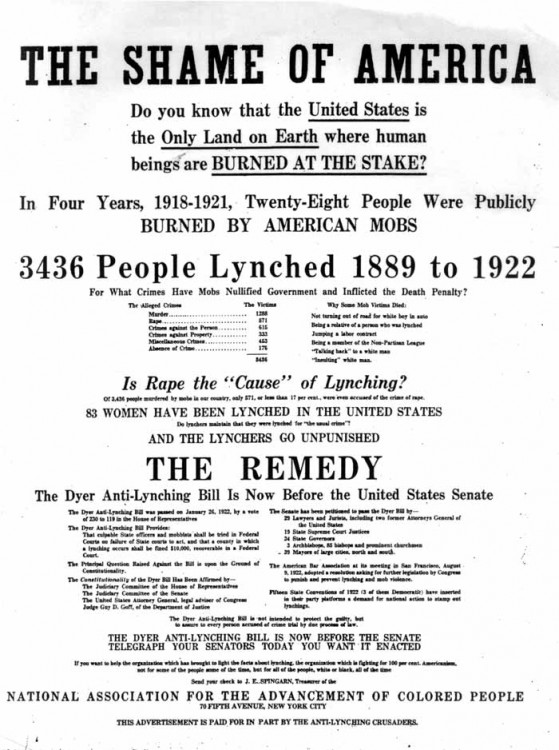
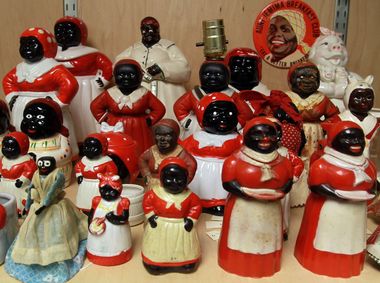


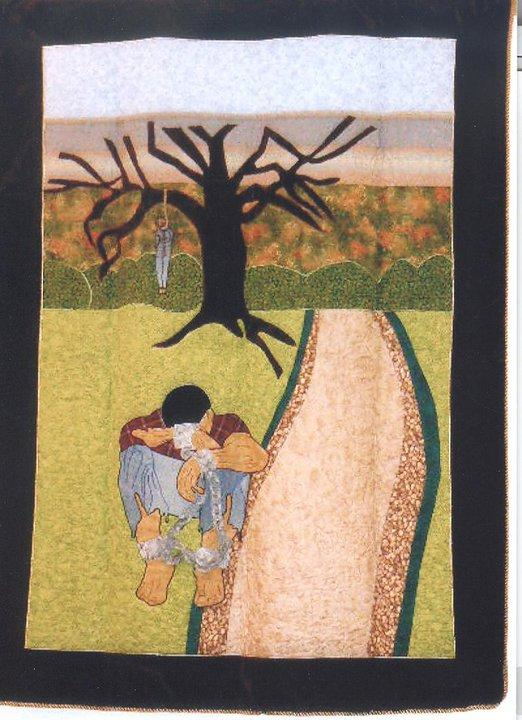
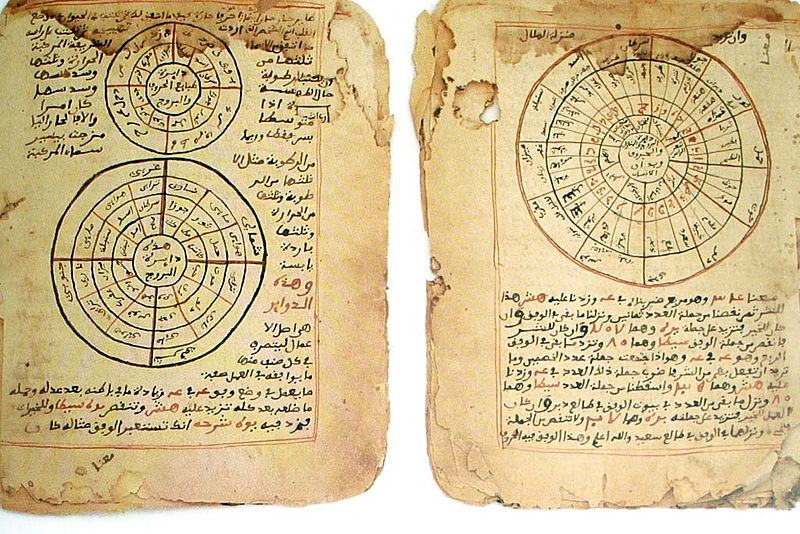
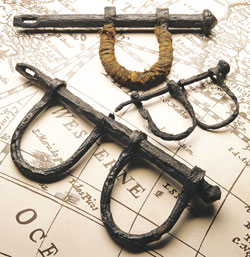



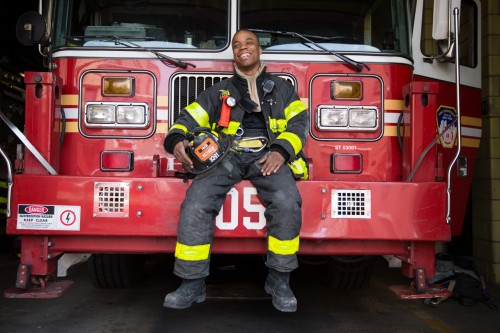
Comments Are Welcome
Note: We moderate submissions in order to create a space for meaningful dialogue, a space where museum visitors – adults and youth –– can exchange informed, thoughtful, and relevant comments that add value to our exhibits.
Racial slurs, personal attacks, obscenity, profanity, and SHOUTING do not meet the above standard. Such comments are posted in the exhibit Hateful Speech. Commercial promotions, impersonations, and incoherent comments likewise fail to meet our goals, so will not be posted. Submissions longer than 120 words will be shortened.
See our full Comments Policy here.